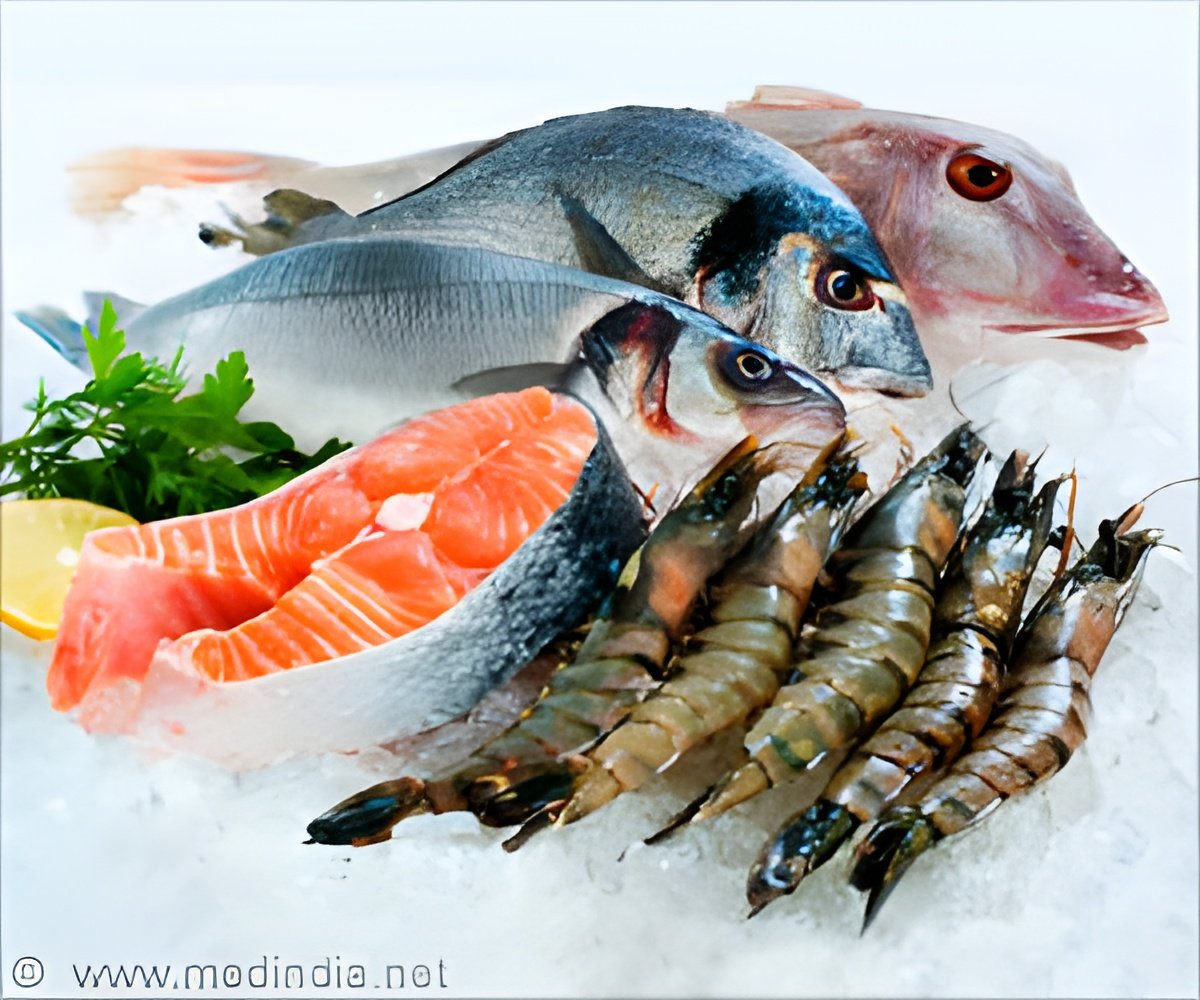There has been continued stability and sustainability in United States commercial and recreational fisheries, suggested a new study.

‘There has been continued stability and sustainability in United States commercial and recreational fisheries, suggested a new study.’





Eileen Sobeck, assistant NOAA administrator for
fisheries, said, "Thanks to longstanding legislation and continued innovation
in fisheries science and management, we are seeing real returns on our
nation's efforts to end overfishing and make our fisheries more
sustainable."The report shows that for the 19th consecutive year, the Alaska port of Dutch Harbor led the nation with the highest amount of seafood landed - 787 million pounds, valued at $218 million. New Bedford, Massachusetts, had the highest valued catch from one port - $322 million for 124 million pounds, due mostly to the high price sea scallops fetch on the market, which accounted for more than 76% of this value.
Along the West Coast, however, a number of fisheries experienced declines. The Pacific sardine fishery was closed due to low abundance estimates. The Dungeness crab fishery also saw a closure due to high levels of domoic acid, which can be poisonous to humans. Other species like loligo squid and Pacific hake (whiting) also saw declines in catches, potentially due to changing ocean conditions.
Saltwater recreational fishing remained strong with 8.9 million anglers making nearly 61 million trips, resulting in a catch of more than 350 million fish with 57% reported released. Striped bass remains the top harvested catch among saltwater recreational anglers, followed by yellowfin tuna, mahi mahi, bluefish and red drum.
The report also shows that the average American ate 15.5 pounds of fish and shellfish in 2015, a 0.9 pound increase from last year. U.S. dietary guidelines recommend eating 8-12 ounces of seafood each week for a healthy diet.
Advertisement
Source-Eurekalert














